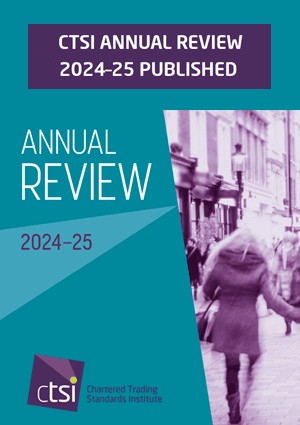Think Tanks
|
|
|
Iran's nuclear, chemical and biological capabilities
It would take Iran at least two years to produce a single nuclear weapon, according to a new in-depth report from the International Institute for Strategic Studies (IISS).
Although concerns have long been raised about Iran’s uranium enrichment programme – and major powers have sought to limit it through talks, sanctions and sabotage – officials and analysts have differed in their estimates of the timeline for an Iranian nuclear weapon.
The latest IISS Strategic Dossier, Iran’s Nuclear, Chemical and Biological Capabilities: a net assessment is the most systematic and thorough public review of the evidence yet. It explains, in fact-rich detail that most government public estimates fail to provide, the assumptions and calculations behind the timelines.
The IISS estimate, which has been reviewed by internationally recognised experts and practitioners, is neither worst- nor best case.
‘The dossier provides the detail to support the more relaxed time-lines also suggested by recent official estimates voiced in the US and Israel’, said IISS Director General and Chief Executive Dr John Chipman. ‘The timescale is significant because the likelihood of detection allows time for a negotiated solution.’
The IISS says that Iran is seeking the capability to produce nuclear weapons, but that this effort has not been an all-out, crash effort. Iran hopes to maintain ambiguity over its intentions.
If it does decide to build nuclear weapons, this would likely be detected before it assembled a single weapon, much less the small arsenal that would be needed to make the risk worthwhile. An Iranian nuclear weapon is therefore not inevitable.
The assessment that a single weapon would take at least two years from now to build assumes that Iran would be relying on the equipment at its Natanz uranium enrichment plant and would employ methods used by other nuclear proliferators.
Other possibilities are also assessed.
Other conclusions include:
-
If Iran decided to build nuclear weapons, the first bomb would take the longest to make. It would take more than seven
-
months to produce each subsequent bomb’s worth of highly enriched uranium (HEU), unless Iran is able to produce large numbers of more advanced centrifuges, the main components of the uranium enrichment process.
-
If Iran were to attempt to produce nuclear weapons, the most likely route would be through clandestine production of high enriched uranium. However, to succeed with this, Iran would have to keep both the enrichment plant and associated feed material production lines secret.
-
Iran cannot safely produce enriched uranium fuel on its own. Iran claims it must enrich uranium to nearly 20% in order to produce fuel for the ageing Tehran Research Reactor, which eight years ago was nearing the safety limits for which it had been designed. By the time any such fuel is produced, Iran may have no place where it could be properly tested to ensure it can be used safely. Meanwhile, enriching to nearly 20% reduces by a factor of five the amount of effort required to produce bomb-grade HEU.
-
Construction of a research reactor at Arak gives Iran another potential way to produce nuclear weapons: using plutonium. An inability to produce or procure large metal components for the reactor has delayed this project. If Iran uses inferior domestic forgings for the Arak reactor, this will pose a safety risk. There will also be a safety and environmental risk if Iran proceeds with plans to build on its own a power reactor at Darkhovin, near the head of the Gulf.
-
Developing a means to deliver a nuclear weapon adds to the timeline. Last May, in a companion Strategic Dossier on Iran’s Ballistic Missile Capabilities, the IISS concluded that Iran’s Sajjil-2 missile, which has a range of about 2,200km, is still two to three years of flight testing away from becoming an operational system that can be deployed to military units.
-
Previous claims that Iran has carried out activities in violation of its obligations under the Chemical and Biological Weapons Conventions cannot be determined and may have been exaggerated.
Notes for editors
The IISS is a think tank concentrating on politico-military conflict. It has been influential in setting the agenda in nuclear deterrence, non-proliferation and arms control since its formation in 1958.
Headquartered in London, the IISS has offices in Washington, Bahrain and Singapore.
The editor of the dossier, Senior Fellow for Non-Proliferation Mark Fitzpatrick, is available for interview.
For press enquiries, contact Kelly Signorelli-Chaplin, Press Officer and External Relations Administrator in London at +44 (0)20-7395-4112.
Published February 2011; ISBN 978-0-86079-207-9; 128 pages of A4 paperback with colour illustrations; £30.00 (£20.00 for IISS members).


